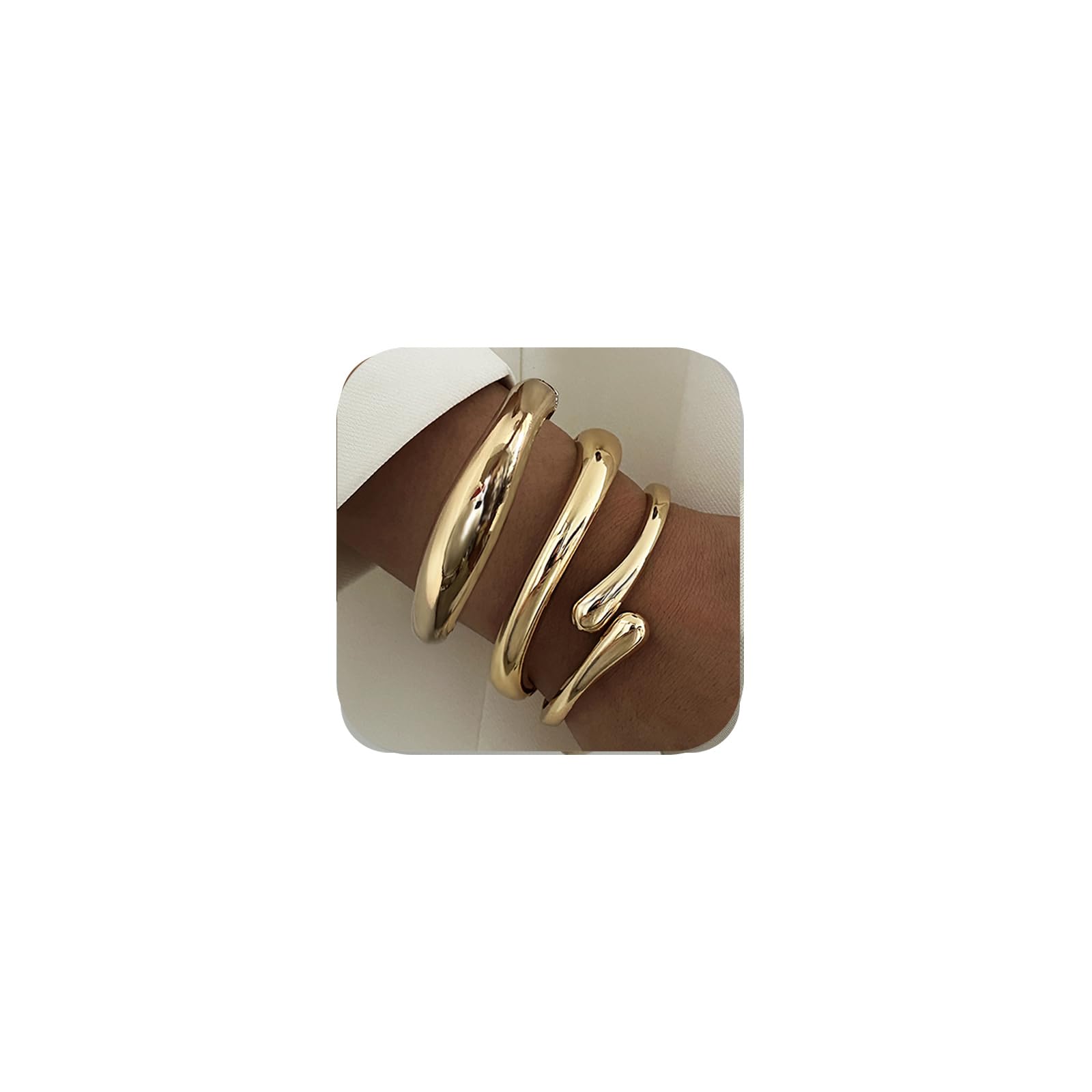 We capsized; it didn't."• The emotional liberation afforded by an affordable accessory engineered for aquatic resilience is perhaps the most unexpected benefit of this specialized material ... — Rainhonor Chunky Gold Bangles Bracelets for Women Gold Cuff Bracelet Set Waterproof Non Tarnish Stack Bracelet for Women G — [Take a look]
We capsized; it didn't."• The emotional liberation afforded by an affordable accessory engineered for aquatic resilience is perhaps the most unexpected benefit of this specialized material ... — Rainhonor Chunky Gold Bangles Bracelets for Women Gold Cuff Bracelet Set Waterproof Non Tarnish Stack Bracelet for Women G — [Take a look]Get more details.
This perspective often overlooks the profound, historically consistent practice of material mimicry, a practice which, far from being inherently fraudulent, prioritizes performance and psychological availability over mere chemical rarity. The real status, often, is in the object's refusal to surrender to entropy.
Consider, for instance, the baffling 19th-century history of aluminum. Before industrial refinement processes rendered it ubiquitous and cheap, aluminum was chemically challenging to isolate; consequently, in the 1850s, it commanded a price higher than gold, sometimes far higher. Emperor Napoleon III (who, history records, possessed a fascination with the metal's unique lightness and resistance to dulling) reserved his exclusive few sets of aluminum cutlery for his most esteemed guests at state banquets—relegating standard silver and gold implements to less significant attendees. The objective material was prized precisely because of its unexpected *novelty* and its resistance to corrosion, not its familiar glow. This confusing hierarchy—where the light, silvery metal of today's disposable food trays once denoted absolute, unattainable luxury—confirms that perceived value often hinges on technical difficulty and durability, characteristics which the modern, highly durable, "non-tarnish" item successfully replicates for the masses.
The weight of a substantial cuff, regardless of its underlying composition, is critical. This tactile communication—the palpable, satisfying drag on the wrist—is an immediate sensory translation of solidity. This sensory output sidesteps the complex economic anxiety often associated with wearing truly rare, easily damaged heirlooms. The high-durability, non-precious article liberates the wearer from the persistent, low-grade stress of potential failure—a phenomenon often summarized by the short, visceral phrases uttered after unexpected survival: *"It went through the wash."* *"We capsized; it didn't."* The emotional liberation afforded by an affordable accessory engineered for aquatic resilience is perhaps the most unexpected benefit of this specialized material science. It represents material security rather than financial display. The psychological utility of an object designed to be impervious, to defy the corrosive effects of daily living (sweat, chlorine, unexpected humidity), warrants serious reflection. It allows for the aggressive integration of ornamentation into the chaos of daily existence.
• Aluminum's Paradoxical Status Aluminum, an element now widely utilized for inexpensive packaging, was once reserved for state banquets by Napoleon III due to its rarity and resistance to corrosion, placing it above gold in terms of perceived material prestige.• The Weight Axiom The substantial, engineered heft of a dense metal cuff communicates stability and permanence, providing a sensory experience that intentionally mimics traditional luxury, irrespective of the core material's intrinsic market value.
• Corrosion Resistance as Utility The technical feature of being non-tarnish directly translates into emotional stability for the wearer, removing the anxiety associated with accidental damage or continuous exposure to environmental stressors.
• Engineered Persistence Modern durable accessories focus on achieving permanence not through the scarcity of materials, but through advanced engineering processes that guarantee resistance to physical and chemical breakdown.
Get It On Amazon ::: (brought to you by Kiitn)
▷ Get more details.
Chunky Gold Bangles Bracelets for Women Gold Cuff Bracelet Set Waterproof Non Tarnish Stack Bracelet for Women Gifts Price, $13.99 $ 13 . 99 - $17.99 $ 17 . 99 See options
#Ad Our articles include affiliate links: If you buy something through a link, we may earn a commission 💕
[ Add To Cart ]

No comments:
Post a Comment